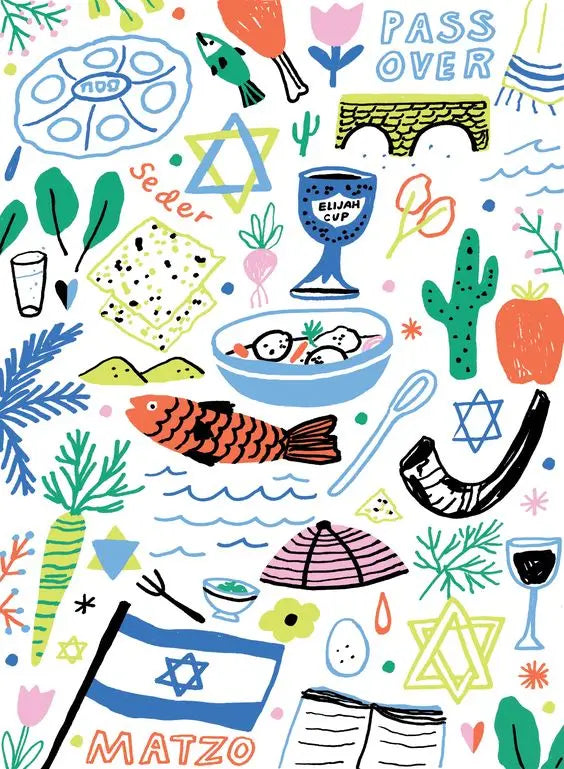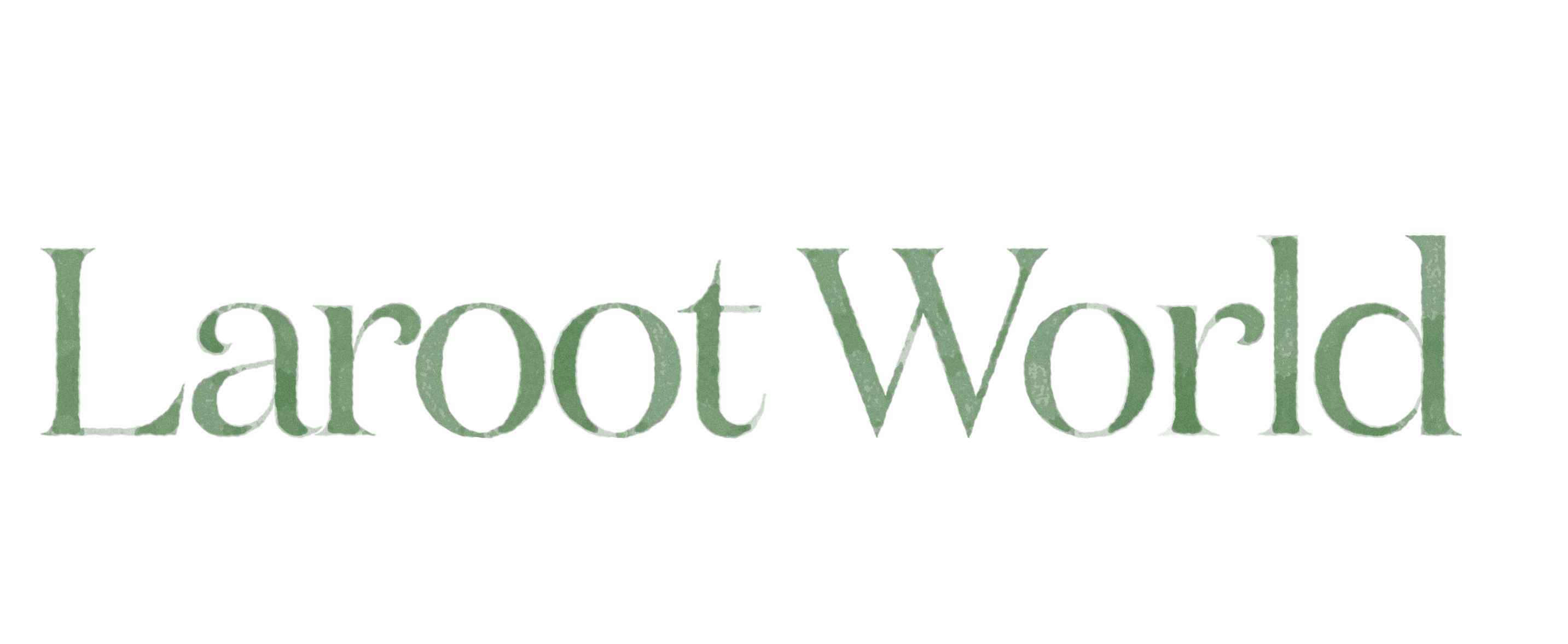Celebrating Passover, The Feast of Unleavened Bread

Passover, or Pesach, began at sundown on Wednesday and ends at sundown next Thursday. One of the most widely observed Jewish holidays, Passover commemorates the sparing of the ancient Israelites’ firstborn sons (the “passing over” of the angel of death) on the eve of their escape from slavery in Egypt, as described in the Book of Exodus.
On the first and sometimes second night of the weeklong holiday, Jewish families hold a religious meal called a seder (Hebrew for “order”), which includes eating symbolic foods, praying, reading, singing, storytelling, and discussing past struggles for freedom and contemporary social-justice issues. The ceremonial Passover foods are arranged on a k’arah, or seder plate, and participants are guided through the meal by an ancient text known as the Haggadah (literally, “telling”), which includes fifteen ritual steps—most of which involve food or wine—representing stories from the Book of Exodus.

The seder plate includes six foods, each of which symbolizes a different component of the Exodus story: beitzah, a roasted egg, emblematizing Temple sacrifices; maror and chazeret, bitter herbs (the maror is usually horseradish) that speak to the hardship of slavery; zeroa, a lamb-shank bone that recalls the Temple sacrifice of lambs; charoset, a mixture of apples, nuts, wine, and spices, representing the mortar used by Hebrew slaves in Egypt; and karpas, or parsley, which denotes not only the Israelites’ initial prosperity in Egypt, but also the inauguration of spring. On another plate, three pieces of matzah serve as reminders of the unleavened bread that the Israelites brought with them on their hurried flight from Egypt. Over the course of the ceremony, four cups of wine are poured and consumed, recalling the four incidents of redemption shown by G-d to the Israelites during their ordeal.
Differences between Ashkenazi and Sephardic food traditions are particularly pronounced during Passover. Though both groups avoid consumption of chametz (foods with leavening agents) during the holiday, Sephardic Jews allow kitniyot (legumes such as green beans and lentils, plus certain grains and seeds, like rice, corn, and sesame seeds) at the Passover table, while Ashkenazi Jews do not. For the main meal (Shulchan Orech) of the Passover Seder, Ashkenazim may opt for the familiar matzo-ball soup, gefilte fish, and brisket, while Sephardim, depending on their geographic roots, may prepare paprika-spiced fish, spinach pie, or shakshuka (eggs poached in a pungent tomato sauce).

During the eight days of observance, consumption of leavened bread is prohibited, with only unleavened matzoh, symbolizing the Israelites’ hurried flight from Egypt, being permitted. Foods offered during the traditional Passover seder include bitter herbs, representing the bitterness of slavery; haroset, a mixture of apples, nuts, and wine which emblematizes the mortar used by the Jews in Egypt; and karpas, or greens, such as parsley, to inaugurate spring.
